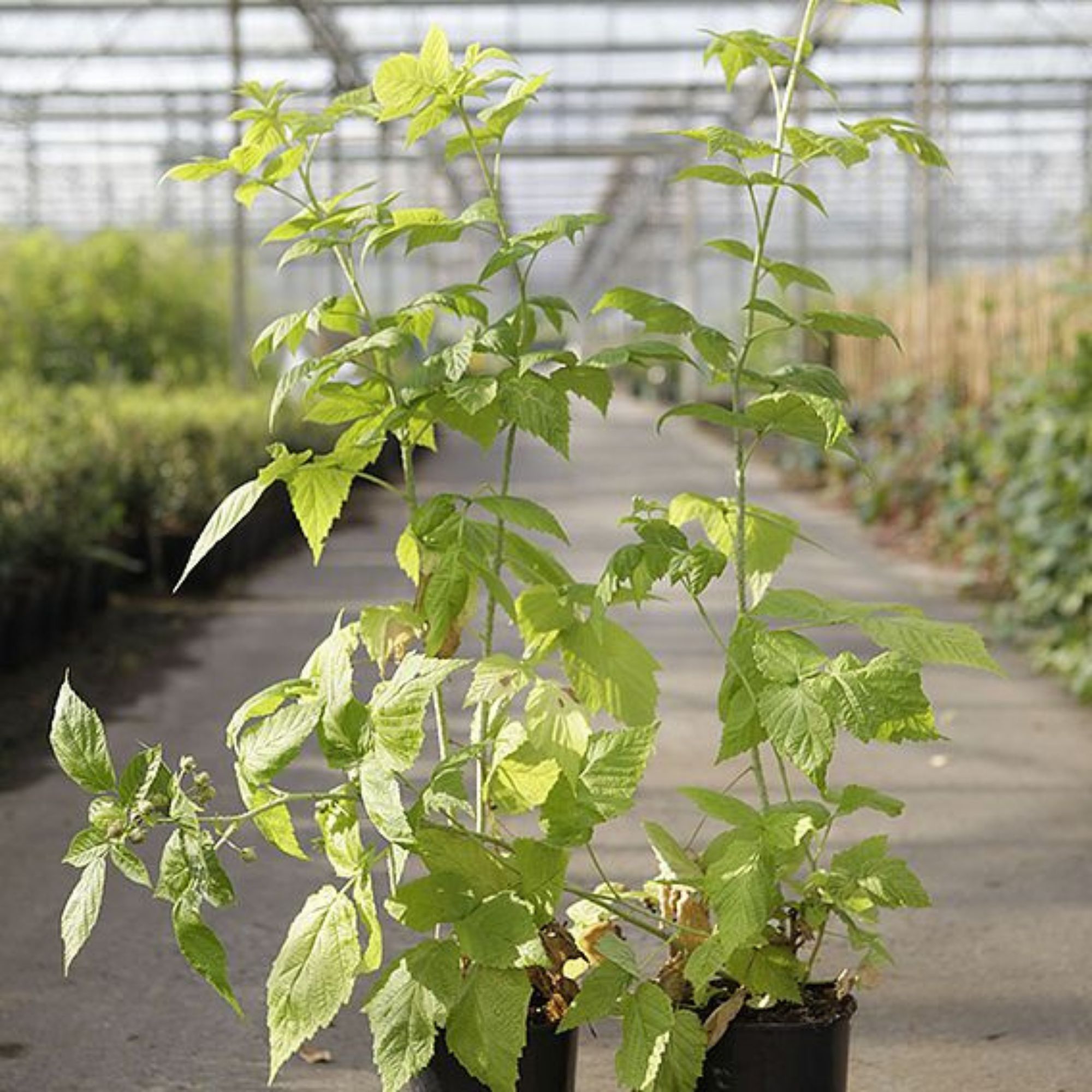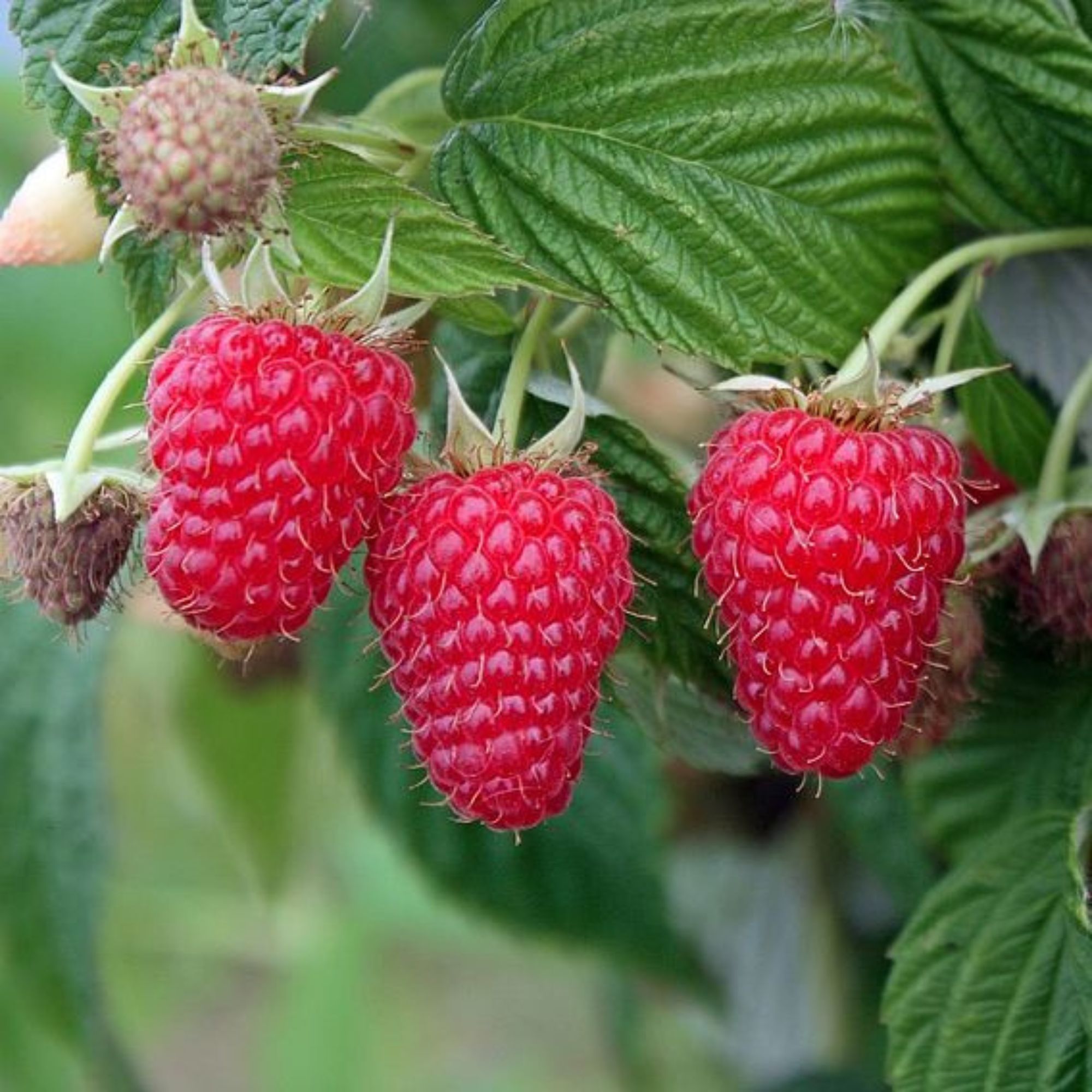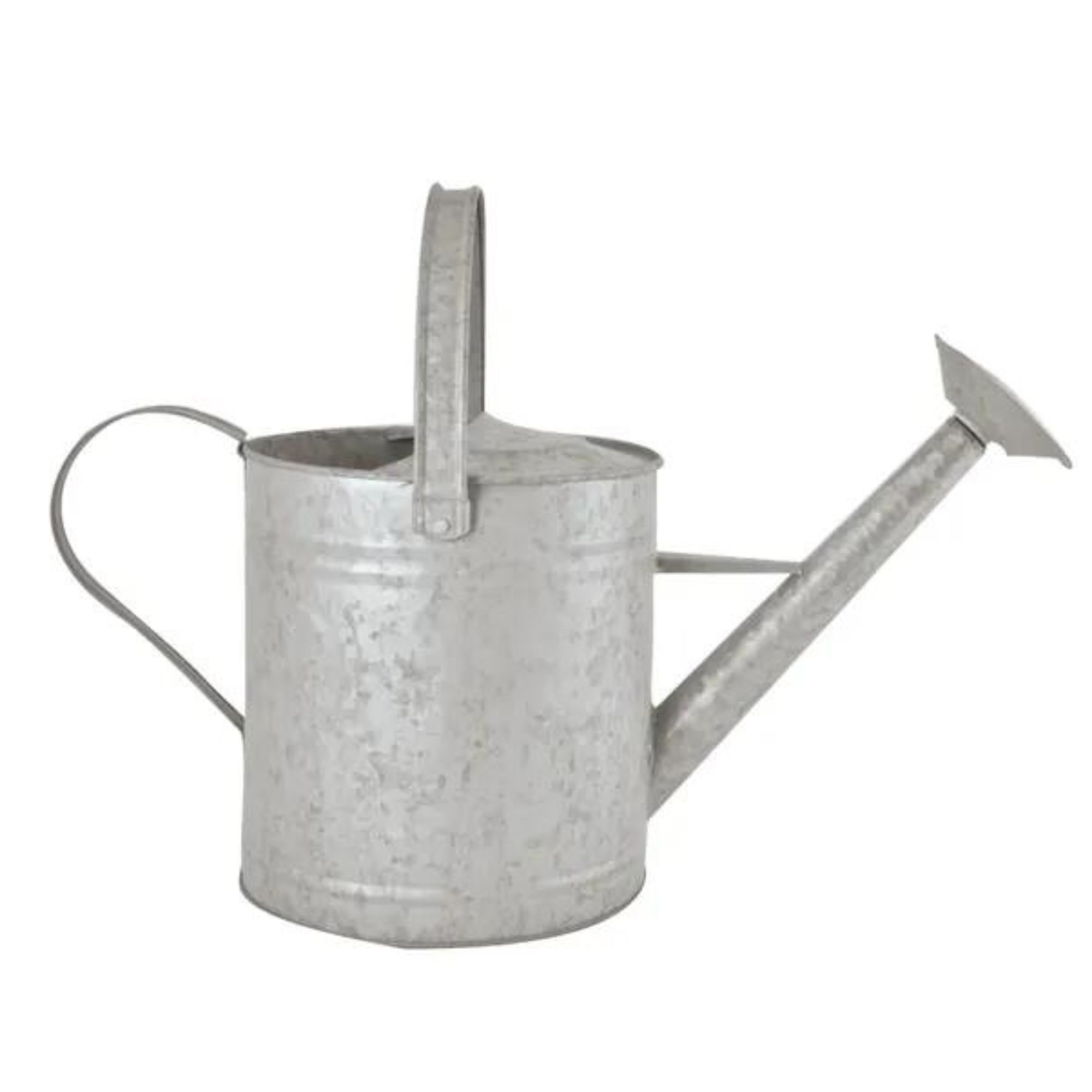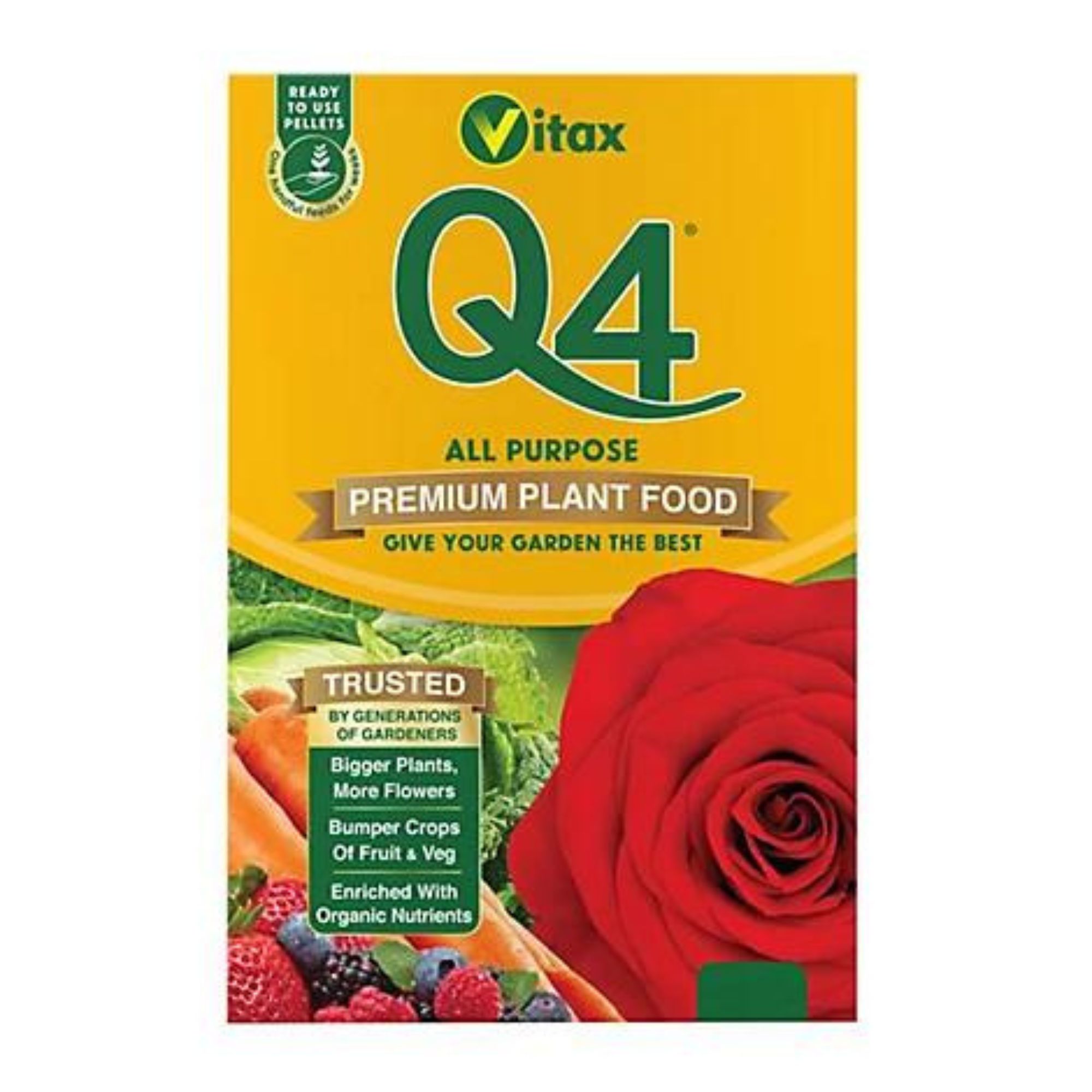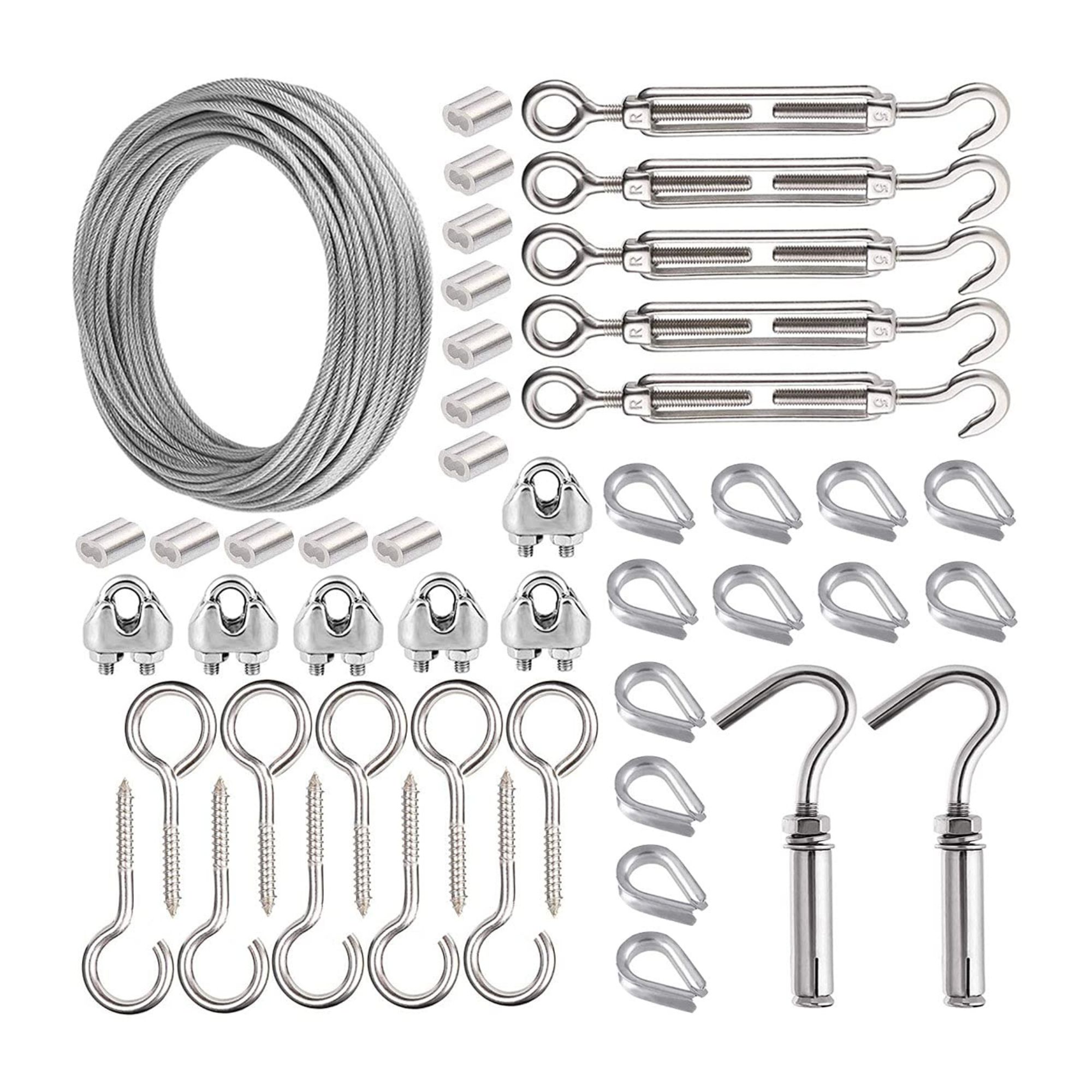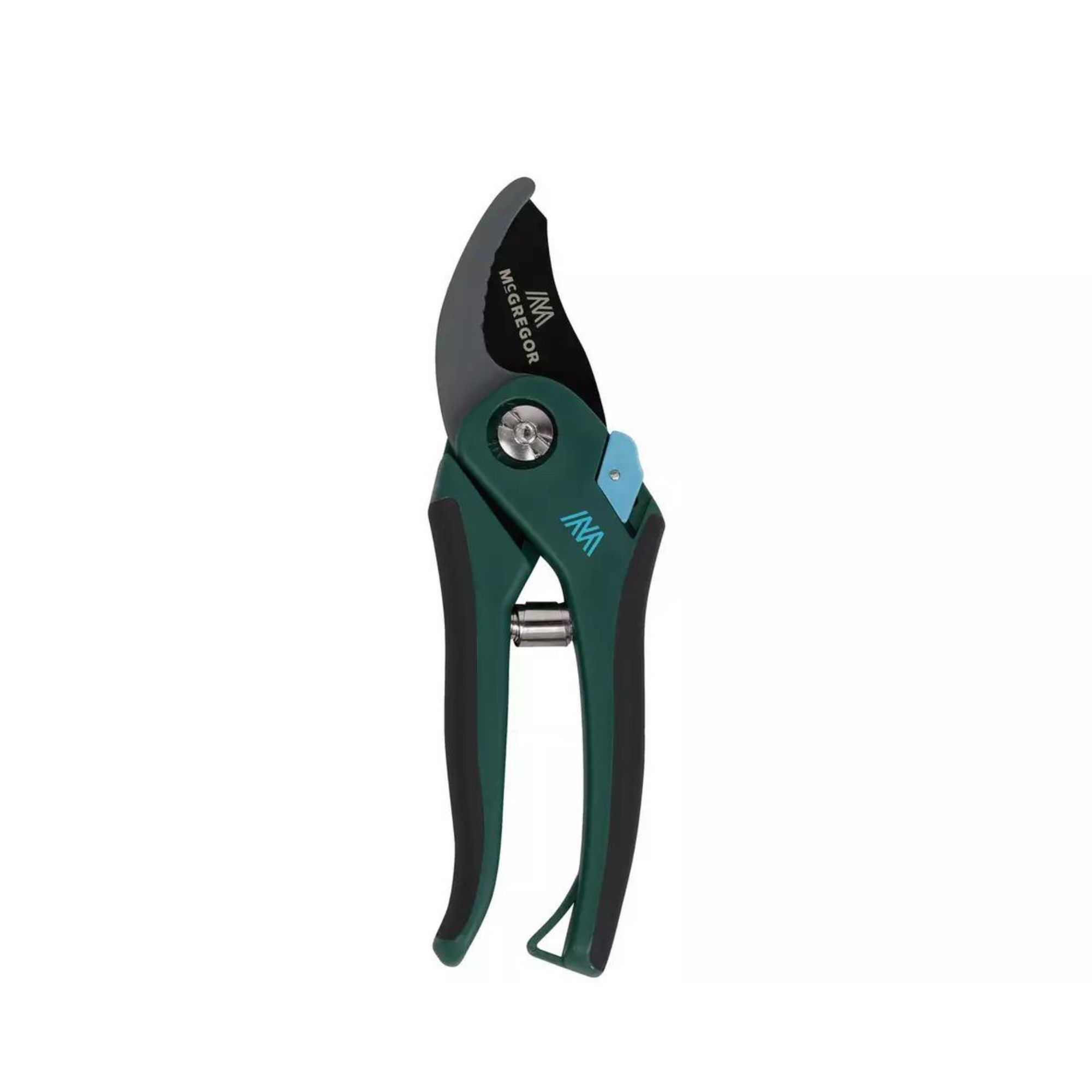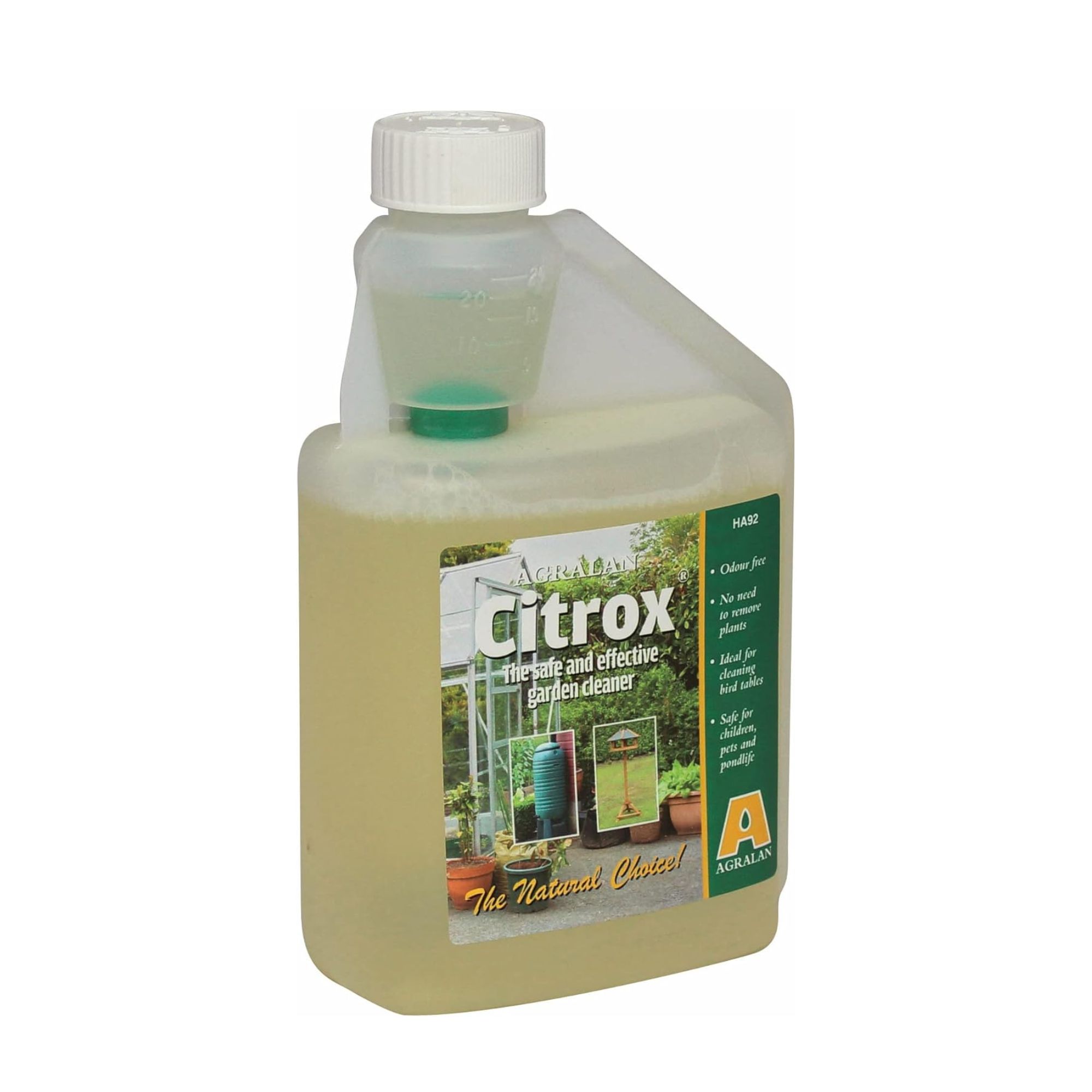Still buying raspberries from the supermarket? Stop paying £2 a punnet and grow raspberries at home instead
Grow an endless (and cheap) supply of raspberries, year-after-year
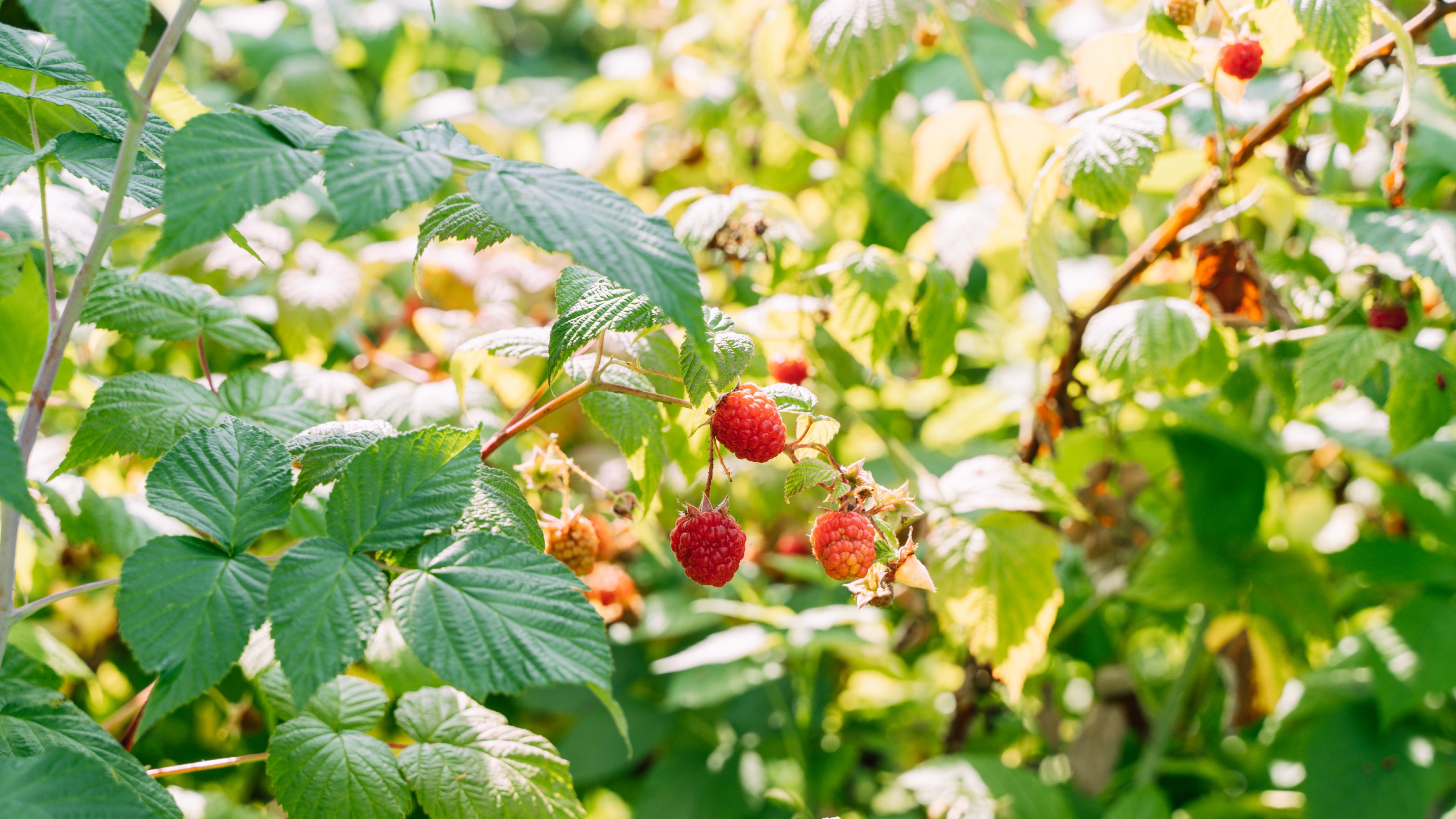

Although growing your own fruits and vegetables sounds expensive, getting on board the GYO trend can save you money in the long run. After all, who wants to spend £2 a punnet when you can learn how to grow raspberries instead?
Yes, while most garden ideas focus on decoration and layout, more and more people are choosing to incorporate vegetable patches, herb gardens, and fruit trees into these larger ideas - and it’s not hard to understand why. Although growing your own fruit and vegetables is extremely fun and rewarding, it’s also a cost-effective way to have organic, home-grown produce on tap.
By growing your own raspberries, you can eliminate the need to pay £2 a pop for a punnet of fruit and enjoy the fruits of your labour instead. And in a world where everything is becoming more expensive, that £2 can make a big difference.
How to grow raspberries
If you want to know how to grow raspberries, you’ve come to the right place. Below, we’ve outlined everything you could possibly need to know about growing this fruit at home - from your choice of growing methods to general care requirements and even propagation tips.
Step-by-step
1. Choose your growing method
There are various ways to grow raspberries at home, each suitable for different people, gardens, and gardening abilities. So, it’s important to understand these growing methods and decide which one suits you best:
Buy raspberry canes: If you’re unfamiliar with raspberry canes, they are essentially bare-root raspberry plants that look much like bamboo canes. And while they look a little worse for wear when you buy them, these raspberry canes will soon grow into tall but compact raspberry plants - making them perfect for small gardens or even balcony gardens.
These raspberry canes are ideal for those who want to enjoy the (literal) fruits of their labours as they watch the bare-root plants grow into impressive raspberry plants.
Sign up to our newsletter for style inspiration, real homes, project and garden advice and shopping know-how
They’re also the cheapest way to grow raspberries, but they are limited. In fact, John Clifford, a garden expert at Gardenstone, explains, 'Bare root raspberries are only sold during the plant's dormant season, which will be between autumn and spring, while potted varieties are available longer.' For more info, check out our guide on how to grow raspberry canes in pots.
Buy raspberry plants: If you’re looking to grow raspberry plants outside of this dormant period or you want to enjoy raspberries quickly, you should buy smaller raspberry plants in containers instead.
Morris Hankinson, director of Hopes Grove Nurseries, says, 'Potted raspberry plants are available at various times throughout the year and can be planted as and when. These will be more expensive than bare roots but may mean fruiting will occur sooner depending on the age of the potted plant.'
These are readily available online and in garden centres and can be kept in their containers and grown in pots or planted into your fruit and vegetable patch. Just make sure that you buy a plant that looks healthy and free from disease to avoid a disappointing harvest.
Buy a punnet from the supermarket: We know what you’re thinking; surely the whole point in growing raspberries at home is to avoid buying raspberries from the supermarket. Yes, that’s true - but you can also grow raspberries from shop-bought fruit if you really want to.
To do this, you need to extract the seeds from leftover shop-bought raspberries, plant the seeds, and wait for your raspberry plant to grow. This isn’t always effective, however, so aim to plant a few seeds at a time, just in case.

John Clifford is a director of Gardenstone, a leading garden landscaping retailer based in the UK. With over 30 years in the gardening industry and continual work alongside The National Trust, John has amassed an extensive range of gardening and planting knowledge. Alongside his younger son, John has built a strong reputation for Gardenstone as a trusted source for both high-quality garden products and expert gardening advice.
2. Decide where you’ll grow them
No matter whether you choose to grow raspberries from canes, plants, or leftover fruit, you need to choose the perfect location for them. Ideally, you should plant your raspberries in slightly acidic, well-draining soil.
Morris adds, 'Raspberries need well-drained soil and won’t grow in waterlogged conditions. They will need plenty of sunshine for an abundance of fruits, but if you do have a partially shady spot, they can still fruit but will be less than if planted in the sun.'
But when you’ve chosen where you’ll grow raspberries, you then have to decide whether you’re going to grow them in-ground or in pots. It’s possible to do both very successfully, but as raspberry plants hate sitting in wet, shallow soil, most experts would suggest planting them in raised beds as a happy medium.

Morris Hankinson is the founder and managing director of Hopes Grove Nurseries Ltd, the UK’s only specialist grower-retailer of hedging plants. He established the thriving business in 1992, shortly after graduating with a Commercial Horticulture Degree from Writtle College, Essex.
3. Get planting
When you’re ready to plant your raspberry canes or plants, you first need to know when to plant raspberries. Experts agree this should be during the dormant period (between November and March/April).
As raspberry plants can grow extremely tall, they need to be planted in rows (north to south) to ensure they don’t block each other’s sunlight. You should then add a layer of mulch or compost to the soil for an extra boost of nutrients.
'Make sure to give raspberries plenty of room by planting them at least 45cm apart. If growing in a container, make sure there is plenty of space and plant in a large container of at least 30cm or bigger,' says Morris.
Then, you can your attention to arranging the pots in your garden - again, to ensure that they don’t block each other’s sunlight.
4. Give them some TLC
When you’ve planted your raspberries, you can then turn your attention to your other garden jobs. But that doesn’t mean that you can forget about them completely. Raspberry plants require a fair amount of TLC as they grow, as outlined below:
Watering: All plants need water to survive, but raspberries are particularly thirsty plants. John says, 'Raspberries need regular watering, especially during particularly dry spells. Make sure to keep the soil consistently moist, but avoid overwatering, as this can lead to root rot and lots of other problems.'
Feeding: Although you could get away with leaving your raspberry plants to their own devices, feeding them with a high-potassium fertiliser in the spring will set them up for success during the fruiting period. This should result in higher quality and more frequent yields.
Support: As raspberries are tall, top-heavy plants, they’re extremely vulnerable to their own weight and weather changes. Because of this, it’s important to support your raspberry plants as they grow. Typically, they are supported by posts and wires. You can then attach the rows of raspberry plants to the wires using clips or string. Alternatively, you could use bamboo canes when growing raspberries in pots.
Morris also adds, 'Be sure to grow raspberries with support and be mindful to protect them from birds that will eat the fruits before you get to them. Some netting covering the ripening fruits will help or if you have space, grow them in a fruit cage. However, do make sure the flowers can be reached by pollinators.'
5. Harvest your raspberries
There are two types of raspberries out there: summer-fruiting raspberries and autumn-fruiting raspberries.
As you can probably tell by the name, summer fruiting raspberries will be ready to harvest between June and September. Autumn-fruiting raspberries will be ready from August until November - or the first frost of the year.
Not sure when a raspberry is ripe and ready to be harvested? If it looks plump and easily breaks away from the stalk, you’re good to go. Just make sure that you keep on top of harvesting, as ripe raspberries can quickly turn bad when left on the plant for too long.
6. Prune your plants
As with all plants, it’s important to prune raspberry plants when needed. This will encourage fruiting year after year and allow you to have a constant supply of fresh raspberries.
However, the pruning requirements differ for summer-fruiting raspberries and autumn-fruiting raspberries, so check out our guide on when to prune raspberries and how to prune raspberries for all necessary information.
It’s also essential to clean your tools when pruning raspberries. The last thing you want is to spread disease and accidentally kill your raspberry plant.
7. Propagate for new growth
Anyone who has ever grown their own fruits and vegetables will know that it can be extremely addictive. And if you’re looking to add more raspberries to your harvest next year, we’re happy to tell you that it’s very easy to propagate your raspberry plant.
To do this, simply remove and dig up any suckers that grow alongside the original plant. You can then replant these suckers back into the row of raspberry plants and wait for them to work their magic.
FAQs
Do raspberries grow better in pots or ground?
Although raspberries can grow both in-ground and in pots, you are fairly limited when growing raspberries in pots. When doing this, you need to focus your attention on smaller varieties and smaller pots - and this will ultimately result in fewer fruits.
For best results, grow raspberries in raised beds with training support to offer them the space and soil they need to truly thrive.
Do raspberries need to climb?
Although raspberries aren’t natural climbers, they do grow to be incredibly tall - and this is especially the case for summer fruiting raspberries. Because of this, they do benefit from being trained to grow up wire support, bamboo canes, or trellises.
This will ensure proper airflow and ensure that these sun-loving plants aren’t being smothered by themselves. This will result in bigger plants and a healthy fruiting season.
If you’re still buying raspberries from the supermarket, we have one question: Why?! If you know how to grow raspberries yourself, you’ll save so much money.

Lauren Bradbury has been the Content Editor for the House Manual section since January 2025 but worked with the team as a freelancer for a year and a half before that. She graduated with a Bachelor’s degree in English and Creative Writing from the University of Chichester in 2016. Then, she dipped her toe into the world of content writing, primarily focusing on home content. After years of agency work, she decided to take the plunge and become a full-time freelancer for online publications, including Real Homes and Ideal Home, before taking on this permanent role. Now, she spends her days searching for the best decluttering and cleaning hacks and creating handy how-to guides for homeowners and renters alike, as well as testing vacuums as part of her role as the Ideal Home Certified Expert in Training on Vacuums, having spent over 110 hours testing different vacuum models to date!
